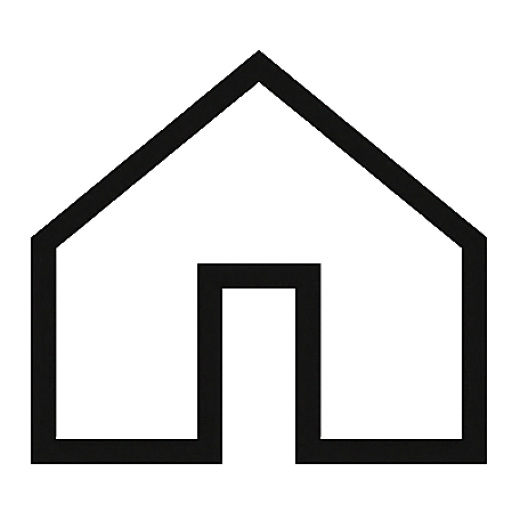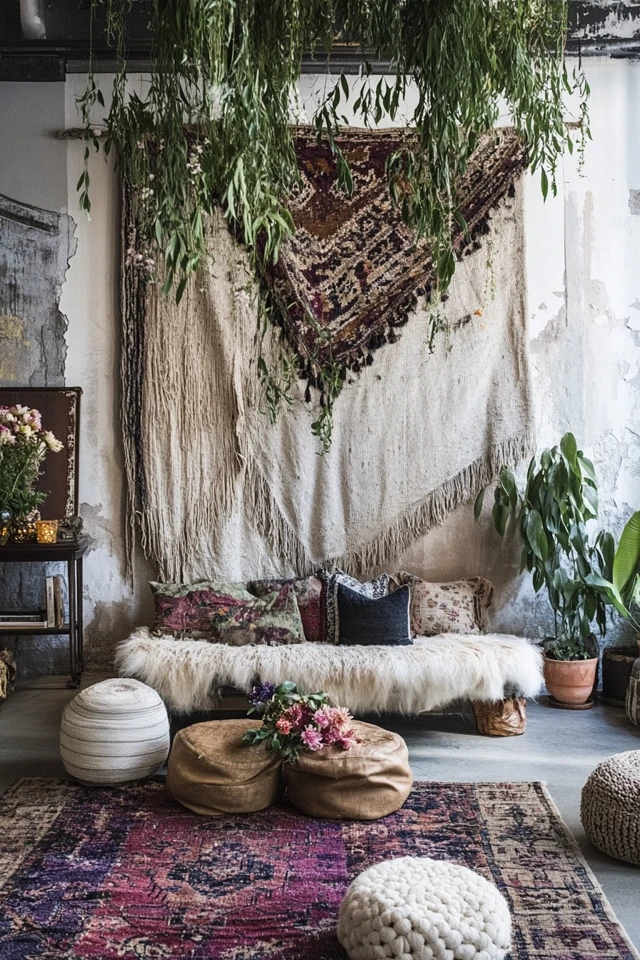Introduction
If there’s one design element that defines bohemian style, it’s texture. Boho rooms are like a sensory feast, with layers of rich fabrics, woven materials, and natural finishes coming together to create that signature eclectic charm. I’ll never forget the first time I experimented with layering textures in my own home. I started with a simple woven rug, added a chunky knit throw to the sofa, and topped it off with a mix of velvet and embroidered pillows. Instantly, the room went from flat to fabulous—it felt warm, cozy, and full of personality.
The beauty of bohemian design is that there are no strict rules, but texture is what ties it all together. Whether you’re aiming for a light and airy vibe or something darker and moodier, layering textures is the secret to creating a dynamic, inviting space. Let’s dive into the art of layering textures and how to do it like a pro to achieve the ultimate boho vibe.
Why Texture Matters in Bohemian Design
Adds Depth and Dimension
Layering textures prevents your space from feeling one-dimensional or flat.
- Visual Interest: Different materials catch the light and create contrast.
- Tactile Appeal: A variety of textures makes your space feel cozy and inviting.
Creates a Cozy Atmosphere
Mixing textures adds warmth and softness, making your room feel like a personal retreat.
Balances Eclectic Elements
Bohemian style thrives on mixing patterns and colors, and textures help unify the look.
Step 1: Start With a Neutral Base
Why Start Neutral?
A neutral foundation allows you to layer on colors, patterns, and textures without overwhelming the space.
How to Do It
- Choose a simple area rug or neutral-colored furniture like a beige sofa or wooden table.
- Stick to light tones for walls, such as white, cream, or soft gray.
- Use neutral bedding if you’re styling a boho bedroom.
Step 2: Add Natural Materials
The Boho Connection
Natural textures are a staple in bohemian design and ground the space in an earthy, organic feel.
Materials to Incorporate
- Wood: Coffee tables, shelving, or headboards in unfinished or reclaimed wood.
- Rattan and Wicker: Chairs, light fixtures, or baskets for storage.
- Jute and Sisal: Rugs, placemats, or even lampshades for an earthy vibe.
- Leather: Add a vintage leather pouf or armchair for texture and warmth.
Step 3: Layer Rugs for Maximum Impact
Why Layer Rugs?
Rugs are the perfect way to add texture, color, and pattern to a room while defining different zones.
How to Do It
- Start with a large, neutral jute or sisal rug as the base.
- Layer a smaller, colorful kilim or Moroccan rug on top for contrast.
- For extra texture, consider a shaggy or faux fur rug in high-traffic areas like living rooms.
Step 4: Play With Fabrics
The Power of Textiles
Textiles are the easiest way to add softness and variety to your boho space.
Ideas to Try
- Throws: Drape a chunky knit blanket over your sofa or bed.
- Pillows: Mix embroidered, velvet, macramé, and fringed pillows in various sizes.
- Curtains: Use sheer, linen, or patterned curtains for a breezy, relaxed vibe.
- Bedding: Layer quilts, duvets, and throws for a cozy, lived-in look.
Step 5: Incorporate Metallic and Reflective Surfaces
Add a Touch of Glam
A little shine can break up the heavier, matte textures in boho rooms.
How to Do It
- Use brass or gold light fixtures for a modern boho feel.
- Incorporate a large mirror with a textured or vintage frame.
- Add metallic vases or trays to your coffee table for a subtle sparkle.
Step 6: Don’t Forget Greenery
Why Plants Are Essential
Greenery not only adds life to the space but also introduces another layer of texture.
Plant Ideas
- Trailing Vines: Pothos or ivy for a cascading effect.
- Tall Plants: Fiddle-leaf figs or monstera for height and drama.
- Small Succulents: Perfect for shelves or tabletops.
- Planters: Choose terracotta, woven baskets, or ceramic pots to complement the boho aesthetic.
Step 7: Layer Decorative Accents
Small Details, Big Impact
Decorative accents pull the whole look together and make it feel personalized.
Ideas to Try
- Macramé Wall Hangings: Add texture to blank walls.
- Books and Trinkets: Stack books with natural or handmade objects like carved wooden figures.
- Candles and Lanterns: Use different shapes and sizes for a cozy glow.
- Baskets: Woven baskets can be used for storage while adding a rustic touch.
Common Mistakes to Avoid
Overloading on Patterns
While patterns are a big part of boho design, too many can make the space feel chaotic. Balance them with solid-colored textures.
Ignoring Scale
Mixing oversized and small textures is key—too much of one can throw off the balance.
Forgetting Functionality
While layering is fun, make sure your space remains practical and easy to navigate.
Picture Gallery

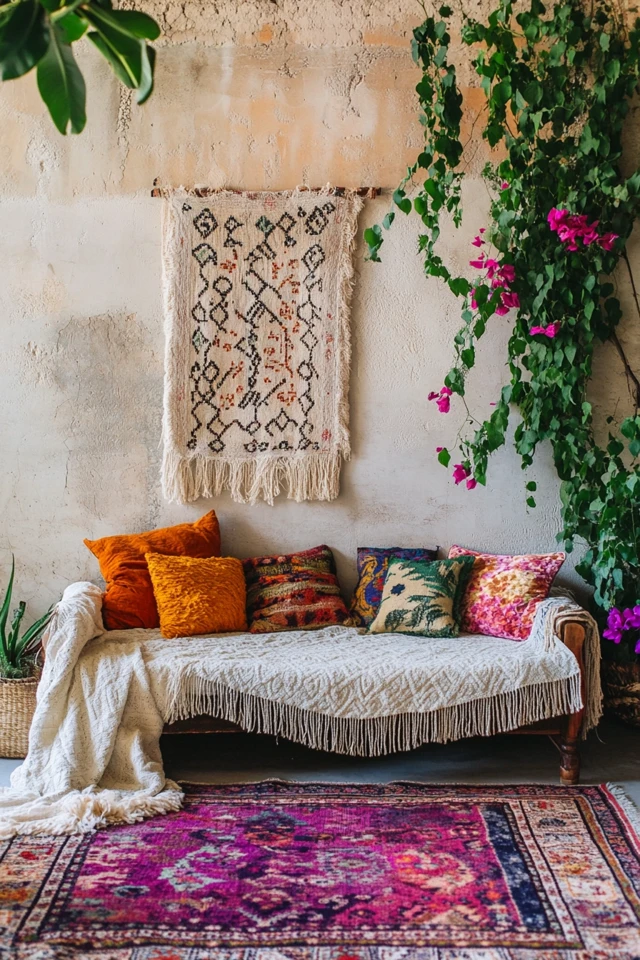

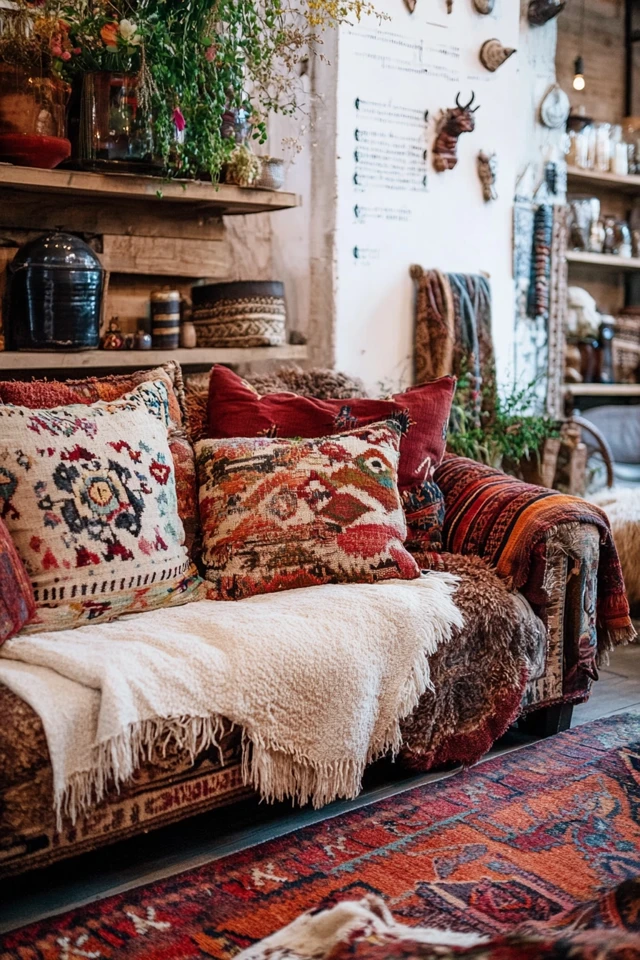
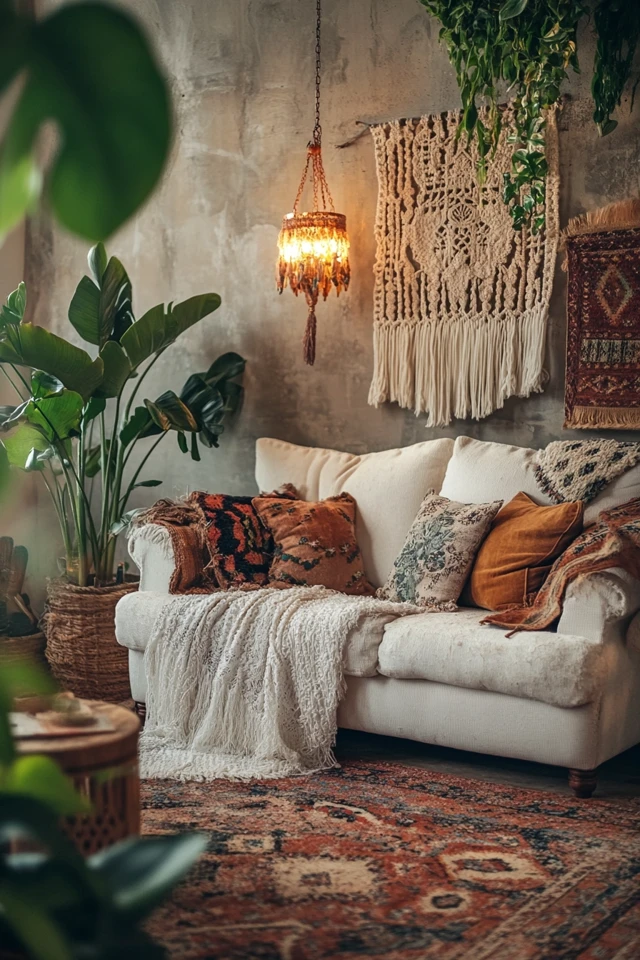
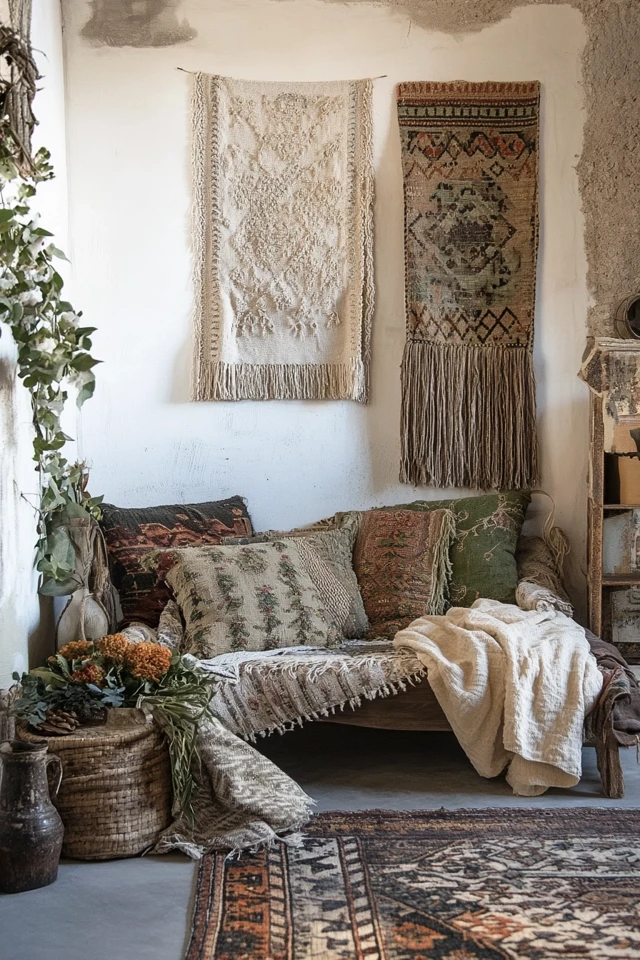

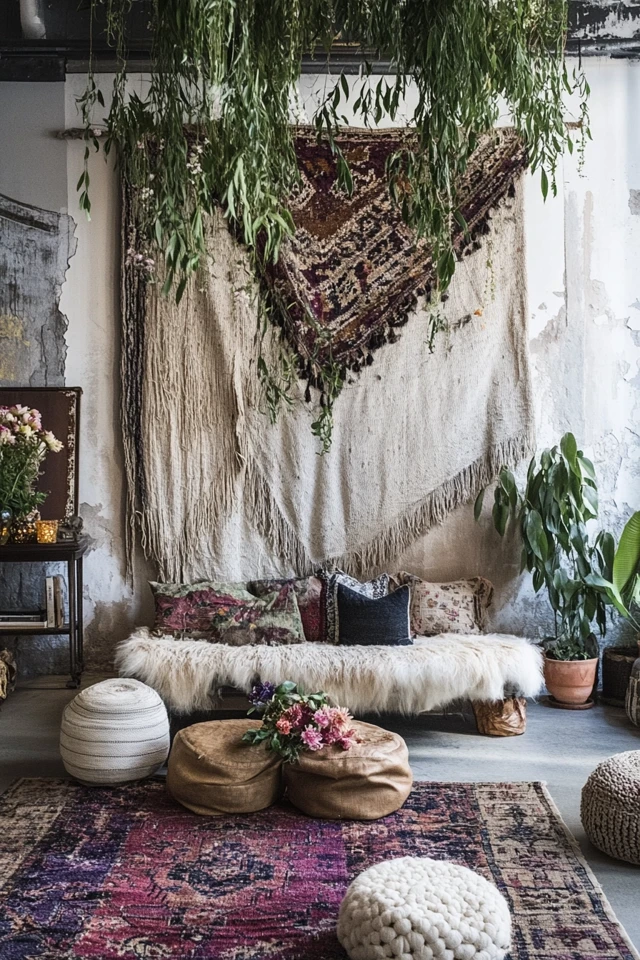
Conclusion
Layering textures is the heart and soul of creating the ultimate bohemian vibe. By mixing natural materials, rich fabrics, and tactile accents, you can transform your space into a cozy, eclectic haven that feels like a true reflection of your personality.
What I love most about boho design is how forgiving and flexible it is. There’s no right or wrong way to layer textures—it’s all about finding what feels right for you. So go ahead, experiment with a jute rug, throw in some velvet pillows, and hang that macramé wall art. Your boho dream room is just a few layers away!
FAQ
Can I create a boho vibe in a small room?
Absolutely! Stick to light, neutral colors and layer textures in smaller pieces like pillows, throws, and rugs.
What are the best materials for a bohemian space?
Natural materials like wood, rattan, leather, jute, and cotton are staples of boho design.
How do I balance patterns and textures?
Use patterns sparingly and balance them with solid, textured pieces to avoid overwhelming the space.
Can boho design work with a modern aesthetic?
Yes! Modern boho blends clean lines with layered textures, making it perfect for contemporary spaces.
What’s an easy way to add texture without spending a lot?
Start with throw pillows, a small rug, or a textured throw blanket to quickly elevate your space.
